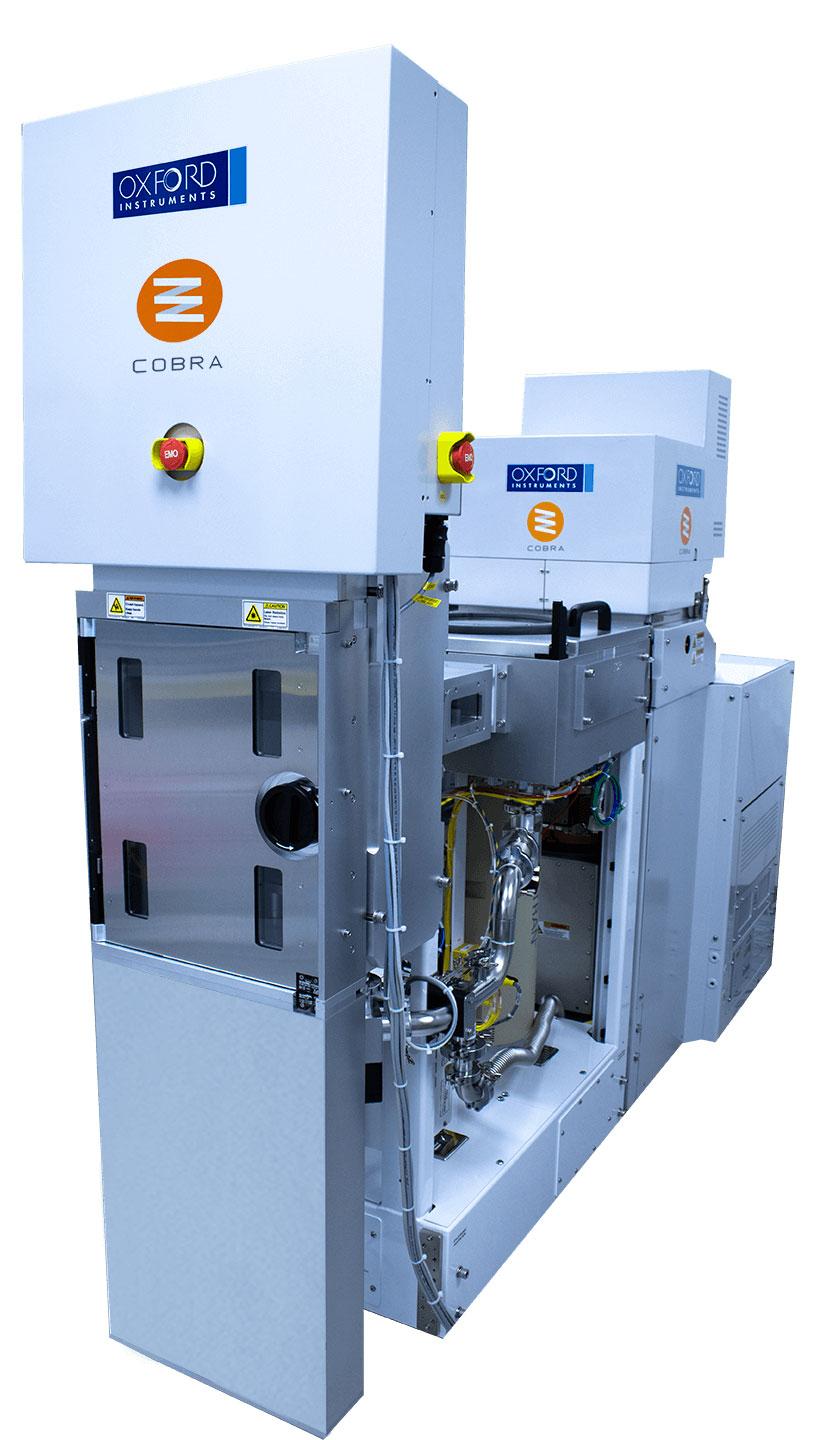Dutch research center TNO, along with three technical universities and several enterprises, is leading a consortium to develop "Third-generation electrolyzers," aiming to create more affordable and efficient electrolyzers for hydrogen production.
The collaboration will focus on designing advanced stacks and components for electrolysers, as well as exploring manufacturing technologies. The goal is to establish a significant presence in the global electrolyser market. The five-year project will investigate various methods of water splitting and CO2 electrolysis, with the expectation that different concepts will synergize and contribute to the development of cutting-edge production technology.
TNO's Atomic Layer Deposition technology, marketed by SparkNano, holds promise for creating novel electrolysers. The initiative is part of NXTGEN HIGHTECH, which aims to provide innovative solutions in key areas of production technology. Participating companies, knowledge institutions, and groups include Admatec, Bosch Transmission Technology, Coval Energy, Delft University of Technology, Eindhoven University of Technology, Magneto Special Anodes, and others.
Links &sources:
TNO heads consortium developing 'Third-generation electrolyzers' - (industryandenergy.eu)
SparkNano | Spatial Atomic Layer Deposition (ALD) technology (spark-nano.com)



%20(1).png)























